GERMAN VERSION BELOW | DEUTSCHE VERSION BEFINDET SICH UNTEN
Things I would like to say to my former self when it comes to photography:
1. Your photos are not good just because they are high resolution, but being proud of them helps you stay motivated!
My first camera was a Sony Alpha 57, the batteries were cheap and had more than enough endurance for me (only photos, no videos), it came with a kit lens. The camera cost just under 600€ at the time (2013) and the pictures were high resolution and sharp. I was only used to the resolution of my smartphone at the time and I was thrilled and thought I was a great guy. No secret the pictures were terrible but high resolution. Today I think to myself, "How could you think those pictures were good? Today I know that's exactly what kept me happy.
2. Editing doesn't have to be fun for you, but if the muse kisses you, do it right.
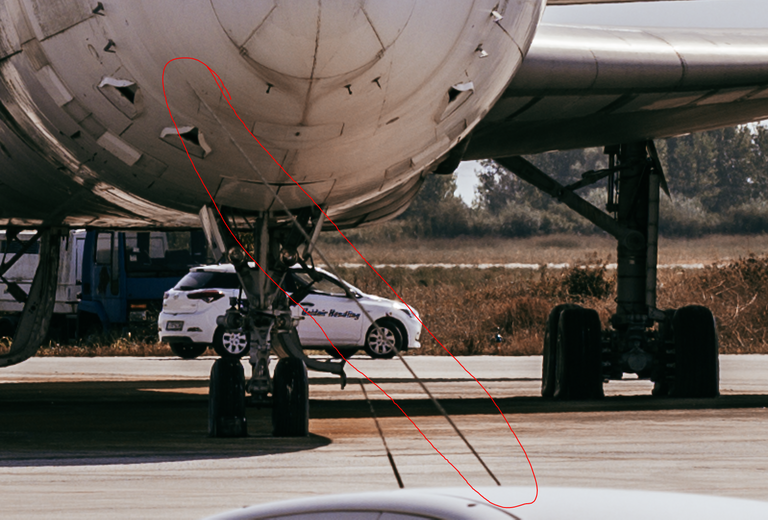
If you plan to edit pictures, edit rather only a few and these for it really well. Especially in the beginning I always made the mistake that I wanted to edit an insane amount of pictures. For the first photo I used 10 minutes, for the second still 5 and after that only presets were used.
3. Presets are great, but they don't replace the complete work.
The photo already looks good with one preset? Fine. But most of the time it can be even better. In most cases, the preset should serve as a basis, but should not replace the editing entirely. The biggest danger I see here: The photo is edited. I like it. Done.
A photo that you could get much more out of is now edited and with 90% probability it will be posted and never looked at again. Here remains potential. Tip: Photos from which you have the feeling that you can get more out of them can be stored in a separate folder and edited again from scratch on occasion.
- Just because photos look sharp on the small camera screen, they are not.
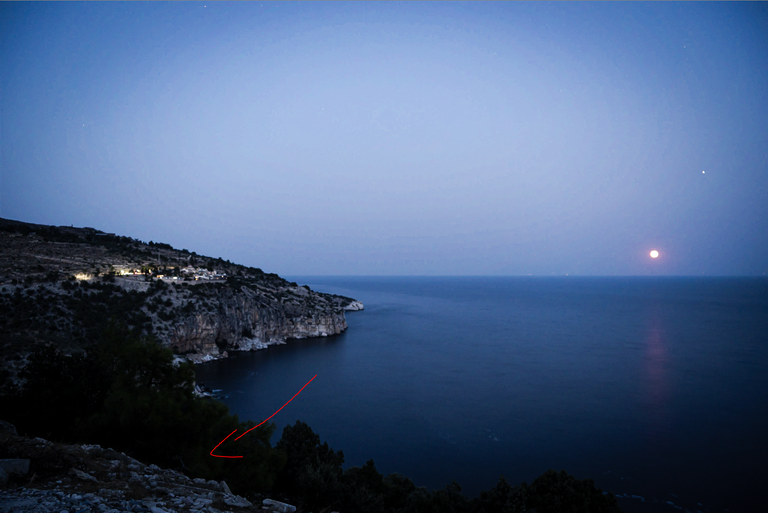
You found a great subject and took a picture of it? On the small screen the picture already looks really good and you can hardly wait to see the picture in large size? Unfortunately, when you get home you are disillusioned: the focus is wrong. I'm not talking about the general blurriness, but about the fact that you tried to focus on a certain object and exactly this object is not in focus. Tip: Take several photos, shift the focus point of the camera minimally and take at least 5 shots. Pro tip: With Lightroom or Photoshop you can superimpose the images and get an extremely sharp image with different focus points, this is called photostacking.
5. Don't be afraid of higher ISO numbers.
100 ISO is a must, the image will be noisy otherwise? Even with an ISO of 3200 to 6400, depending on the camera you still get quite passable images, which you can denoise quite easily with free software like Snapseed. If the images are only for social media, you can go there even more calmly, the images are displayed so "small", you do not see much of the noise.
Why should I use a higher ISO?
Point 4 addresses problems with focusing. The larger the f-number, the more is in focus. If the f-number is small, the background becomes blurred, which can be a really great stylistic device. Annoying only if you want to take a picture, for example, during movement or a moving object. It is not uncommon for the camera to miss the desired focus. A higher f-number also means that less light reaches the sensor, which unfortunately can lead to an underexposed image. Brightening the image afterwards can cause more noise than if you have photographed directly with a higher ISO. So don't be afraid to use a high ISO number.
Do you want to join my FANBASE (HIVE.VOTE)?😀
DEUTSCHE VERSION
Dinge die ich meinem damaligen ich gerne sagen würde wenn es um das Fotografieren geht:
1. Deine Fotos sind nicht gut nur weil sie hochauflösend sind, aber Stolz auf diese zu sein hilft dir unglaublich am Ball zu bleiben!
Meine erste Kamera war eine Sony Alpha 57. Die Akkus waren günstig und hatten eine für mich mehr als ausreichende Ausdauer (nur Fotos, keine Videos), es gab ein Kit-objektiv dazu. Die Kamera hat damals knappe 600€ gekostet (2013) und die Bilder waren hochauflösend und scharf. Ich war zu dem Zeitpunkt nur die Auflösung meines Smartphones gewöhnt und ich war begeistert und hielt mich für einen tollen Typen. Kein Geheimnis die Bilder waren schrecklich, aber hochauflösend. Heute denke ich mir: "Wie konntest du diese Bilder gut finden? Heute weiss ich, dass mich genau das bei Laune gehalten hat.
2. Bearbeitung muss dir keinen Spaß machen, aber wenn dich die Muse küsst, mach es richtig.

Wenn man sich vornimmt Bilder zu bearbeiten, bearbeite lieber nur ein paar wenige und diese dafür richtig gut. Besonders am Anfang habe ich immer wieder den Fehler gemacht, dass ich wahnsinnig viele Bilder bearbeiten wollte. Für das erste Foto habe ich gerne mal 10 Minuten genutzt, für das zweite noch 5 und danach wurden nur noch Presets verwendet.
3. Presets sind klasse, ersetzen aber nicht die komplette Arbeit.
Das Foto sieht mit einem Preset schon gut aus? Schön. Meist geht es aber noch besser. Das Preset sollte in den meisten Fällen als Grundlage dienen, aber die Bearbeitung nicht gänzlich ersetzen. Die größte Gefahr die ich hier sehe: Das Foto ist editiert. Es gefällt mir. Fertig.
Ein Foto aus dem man noch wesentlich mehr rausholen könnte ist nun editiert und mit 90% Wahrscheinlichkeit wird es gepostet und danach nie wieder angeschaut. Hier bleibt Potenzial liegen. Tipp: Fotos bei denen man das Gefühl hat aus diesen kann man noch mehr rausholen in einen eigenen Ordner ablegen und bei Gelegenheit nochmal von vorne editieren.
4. Nur weil Fotos auf dem kleinen Kamerabildschirm scharf aussehen sind sie es nicht.

Tolles Motiv gefunden und ein Foto von gemacht? Auf dem kleinen Bildschirm sieht das Bild schon richtig gut aus und du kannst es kaum erwarten das Bild in groß zusehen? Zu Hause kommt dann leider die Ernüchterung: Der Fokus ist falsch gesetzt. Ich rede dabei nicht von der allgemeinen Unschärfe, sondern davon, dass man versucht hat ein bestimmtes Objekt zu fokussieren und genau dieses ist nicht im Fokus. Tipp: Mach mehrere Fotos, versetze den Fokuspunkt der Kamera minimal und mach mindestens 5 Aufnahmen. Pro Tipp: Mit Lightroom oder Photoshop kann man die Bilder übereinander legen und bei verschiedenen Fokuspunkten ein extrem scharfes Bild erhalten, dies nennt man Photostacking.
5. Hab keine Angst vor höheren ISO-Zahlen.
100 ISO ist ein Muss, das Bild ist sonst verrauscht? Selbst mit einer ISO von 3200 bis 6400, je nach Kamera bekommt man noch ganz passable Bilder hin, die man mit kostenloser Software wie Snapseed recht leicht entrauschen kann. Sind die Bilder nur für sozial Media kann man dort noch beruhigter dran gehen, die Bilder werden so „klein“ angezeigt, da sieht man nicht viel vom Rauschen.
Wieso sollte ich eine höhere ISO nehmen?
Punkt 4 spricht Probleme beim fokussieren an. Desto größer die Blendenzahl umso mehr liegt im Fokus. Ist die Blendenzahl klein wird der Hintergrund unscharf, was ein wirklich tolles Stilmittel sein kann. Ärgerlich nur wenn man bspw. während der Bewegung oder ein sich bewegendes Objekt fotografieren möchte. Dabei kommt es nicht selten vor, das die Kamera hier nicht den gewünschten Fokus trifft. Eine höhere Blendenzahl bedeutet aber auch, dass weniger Licht auf den Sensor kommt, was leider zu einem unterbelichteten Bild führen kann. Das Bild danach aufzuhellen kann mehr Rauschen verursachen, als wenn man direkt mit einer höheren ISO fotografiert hat. Also ruhig Mut zur hohen ISO Zahl.
Vielleicht möchtest du ja bei meiner FANBASE (HIVE.VOTE) dabei sein?😀
| English | Deutsch | |
|---|---|---|
| All photos are taken by me | Alle Photos habe ich gemacht. |
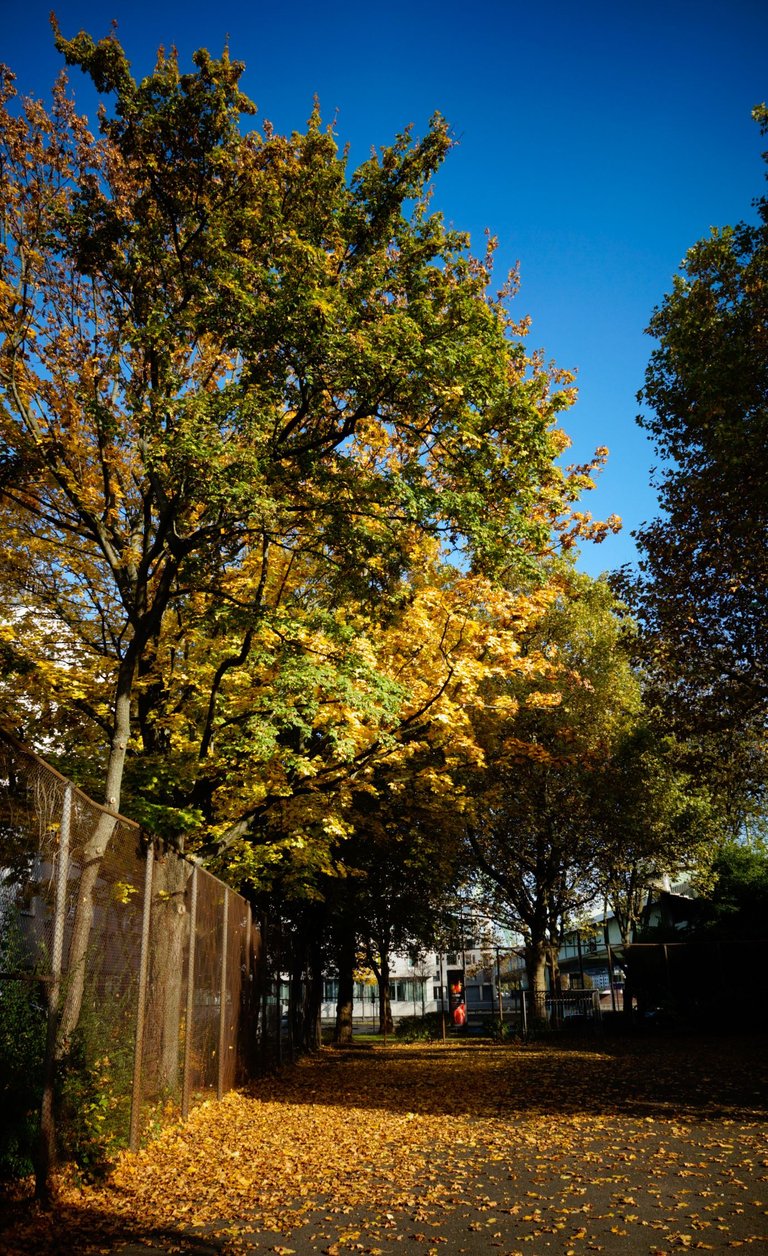
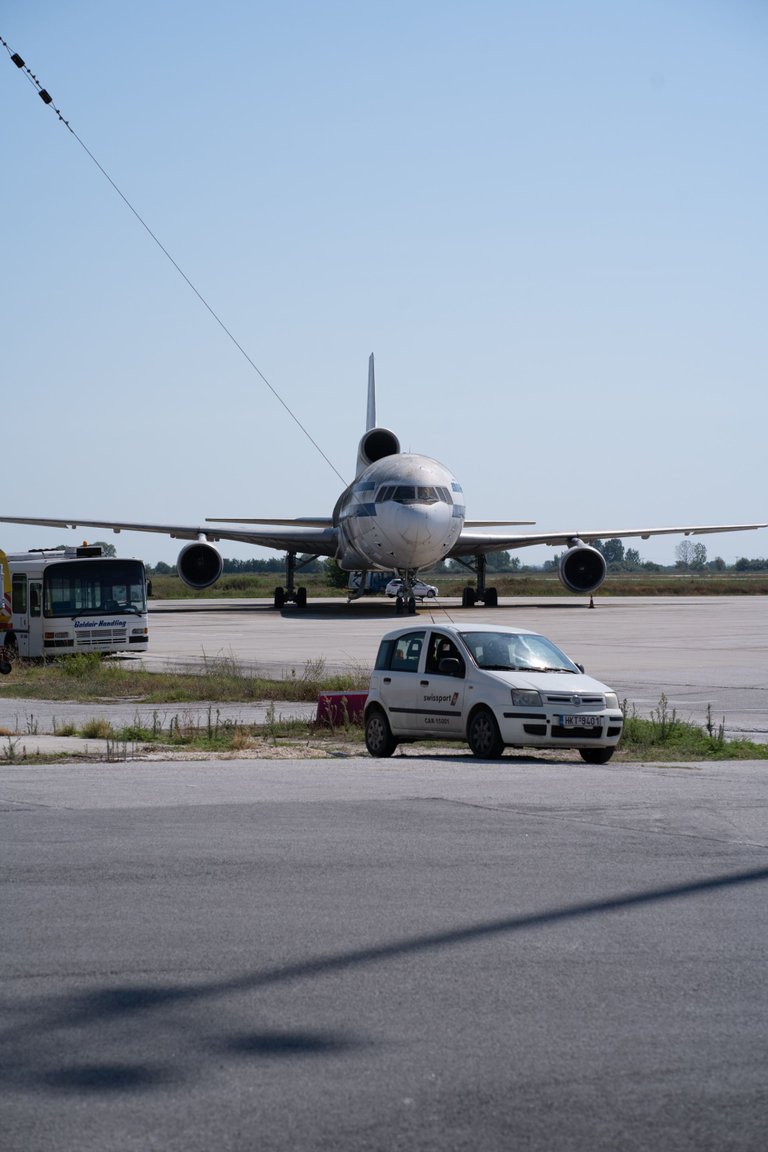
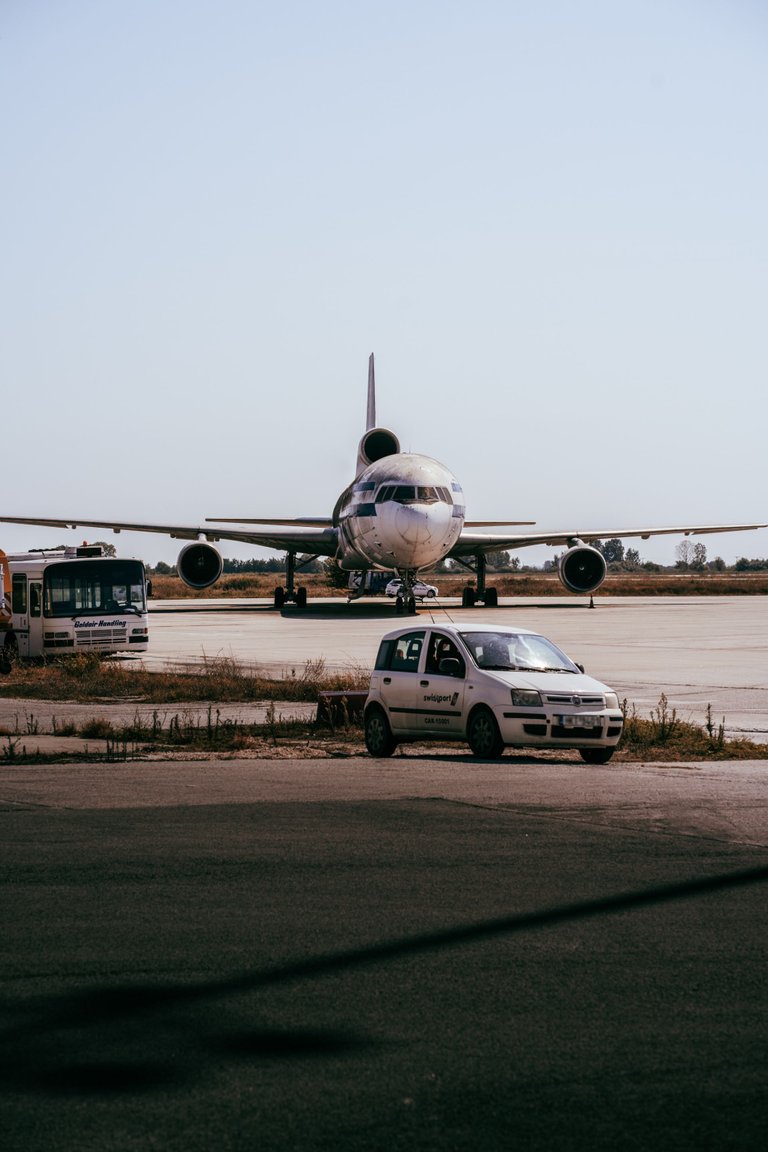
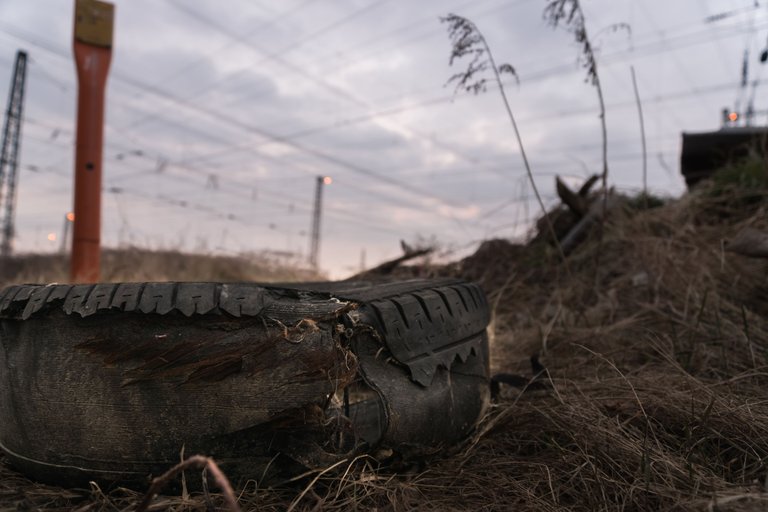
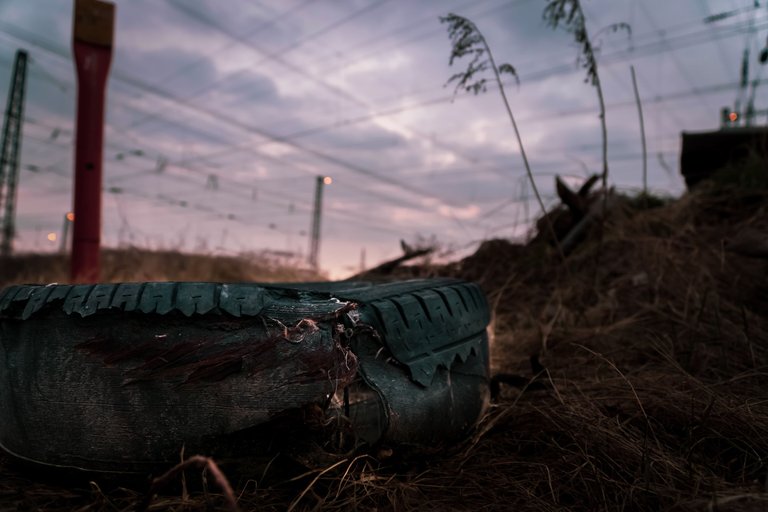
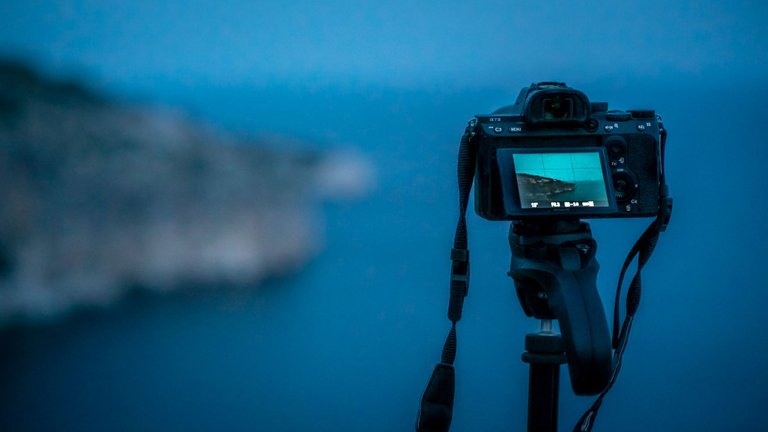
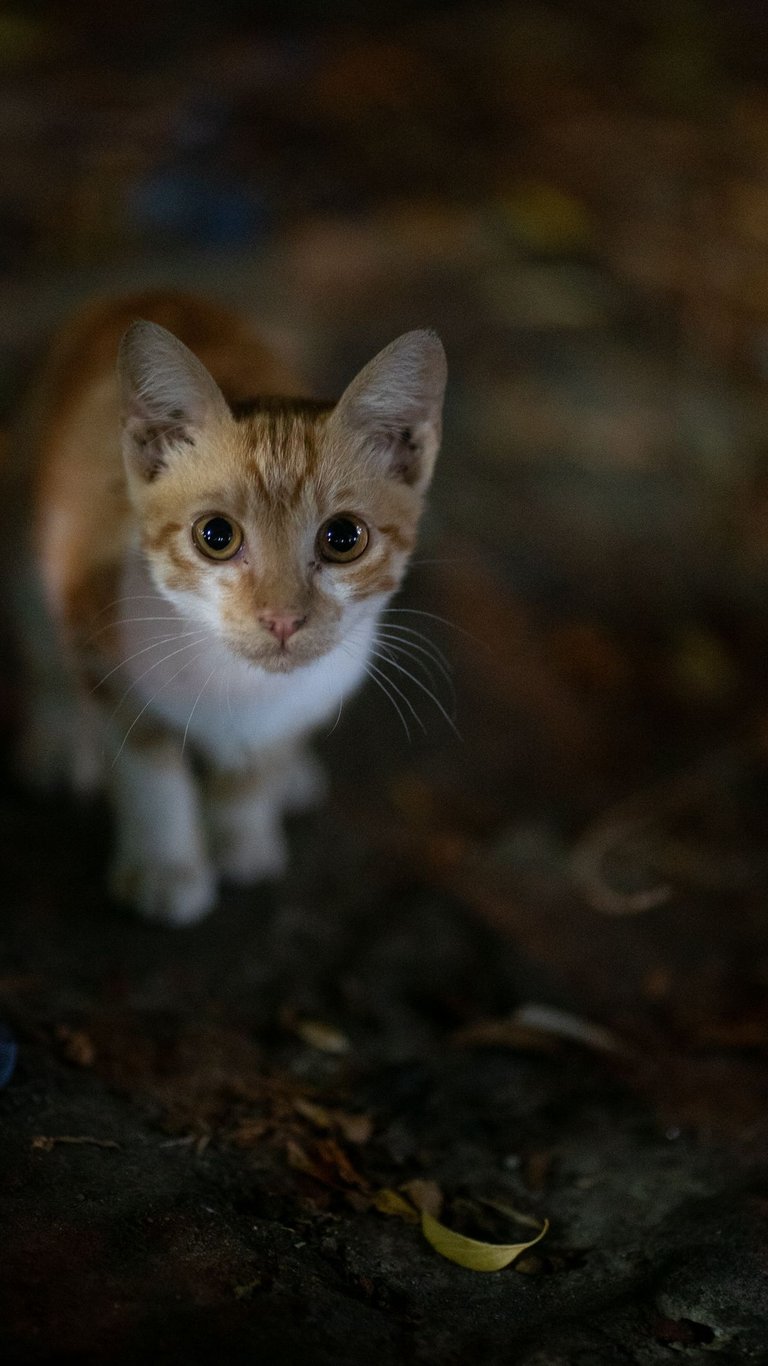
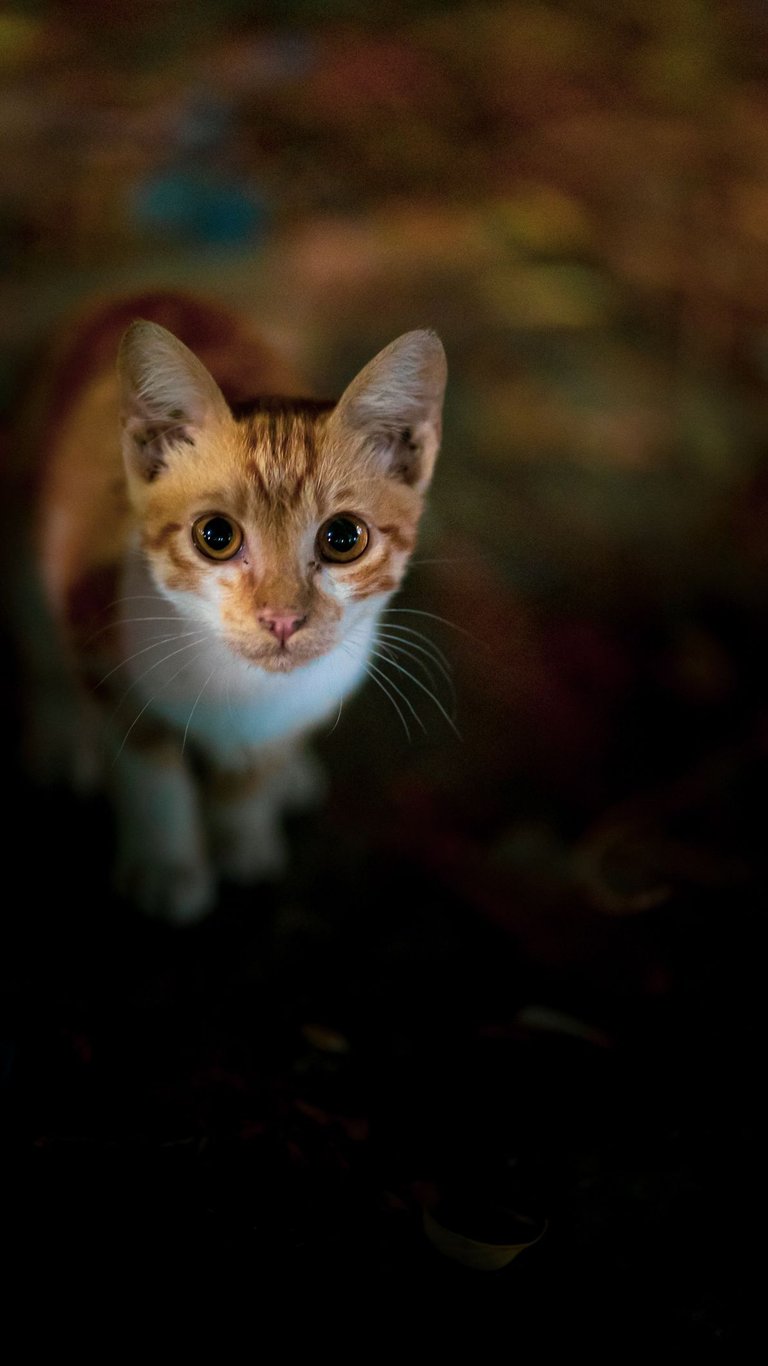
thats a lovely, enjoyable post and reading. sadly I cant give a better upvote rn, as by battery came down to 85%...
Ah thank you so much! That means a lot! Normally I am mostly describing my Day and what lead to the photos. Than I read this article by @livinguktaiwan: https://ecency.com/hive-174578/@livinguktaiwan/how-to-make-your-post-more-curatable thought I give it a try. I am not a good writer. I like to read about stuff but I can't really do it myself. But I admire people who can write well and have fun doing it. Taking the photos and edit "some" of them is what I enjoy, but writing isn't my cup of tea :P But at least I tried :D
!PIZZA
Guter Guide, Danke
!PIZZA :)
Schoener Guide .. seid Ich bei Hive bin have ich ueberhaupt erst einmal an Bearbeitung nachgedacht. Zuvor immer genommen was ich hatte 🤣 .. hab aber auch festgestellt, dass es richtig viel Spaß machen kann ^^
Danke :)
Haha ja die ersten 2 Jahre war ich der felsenfesten Überzeugung entweder mab macht gute Bilder oder halt eben nicht. Photoshop kann jeder.🤣 Glaube so extrem hab ich mich noch nie geirrt 🤣
!PIZZA
Ich have Noch now viel editiert. Aber solche Sachen wie Groesse zurechtschneiden und die Helligkeit adaptieren mache ich fast immer. In letzter Zeit experimentiere ich viel mit Filtern auf meinem Handy, auch wenn Ich sie nicht benutze. Schwarz&Weiss ist allerdings mein Lieblingsfilter und passt super zu manchen Motiven ^^
Das ist doch schon ein guter Anfang. Ich hab damals mit Snapseed angefangen (App für IOS|Android) und dort rumexperimentiert. Dann bin ich irgendwann auf Lightroom umgestiegen. (meine ersten Edits waren furchtbar | Auf dem Handy sieht vieles sehr viel besser aus, weil es klein ist) Jetzt editiere ich gerne. Verliere mich bei manchen Fotos aber so sehr im Detail, dass ich irgendwann die Lust verliere. (Umso länger man auf so ein Foto starrt umso mehr Fehler fallen einem auf) - das nimmt kein Ende. :D
PIZZA Holders sent $PIZZA tips in this post's comments:
(1/10)
chrislybear tipped dirkzett (x1)
chrislybear tipped adalger (x1) @chrislybear tipped @qwerrie (x1)
Join us in Discord!
Congratulations @chrislybear! You received a personal badge!
Participate in the next Power Up Day and try to power-up more HIVE to get a bigger Power-Bee.
May the Hive Power be with you!
You can view your badges on your board and compare yourself to others in the Ranking
Check out the last post from @hivebuzz:
Support the HiveBuzz project. Vote for our proposal!